Spring grass is high in Nitrogen
8 years ago
Related Stories
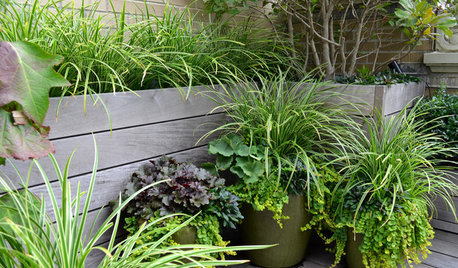
PLANTING IDEASCreate High-Impact Container Gardens With Grasses
When it comes to adding drama, texture and panache to a pot, these strappy species are hard to beat
Full Story
GARDENING GUIDESGreat Design Plant: Purple Needle Grass, California’s State Grass
The long-lived, drought-tolerant Stipa pulchra is as admired for its benefits as for its good looks
Full Story
GARDENING GUIDES5 Great Grasses for a New Lawn
Learn about maintenance, wear tolerance, ideal climate and more for these top turf choices to pick the right one for you
Full Story
PLANTING IDEASGreat Garden Combo: 5 High-Intensity Plants for High-Intensity Sun
Blend bold foliage and flowers to create a powerful combination that will hold its own even in the harsh light of midsummer
Full Story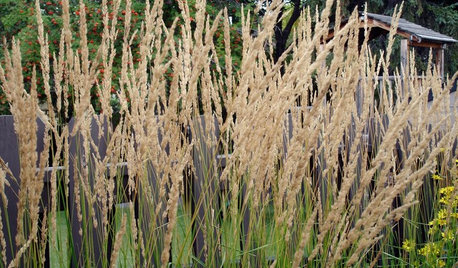
GARDENING AND LANDSCAPING5 Hot Cool-Season Grasses
Chill out this spring with resilient grasses that will kick-start your garden and may just last all year
Full Story0
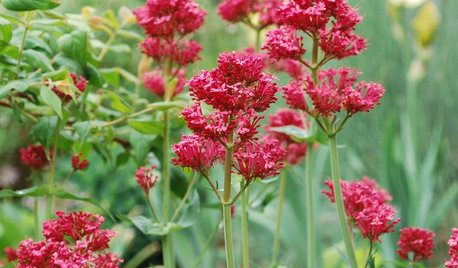
GARDENING GUIDES6 Lovely Water-Wise Perennials for High Altitudes
Even if your climate is cold and dry, you can still celebrate spring with these hardy and colorful perennials
Full Story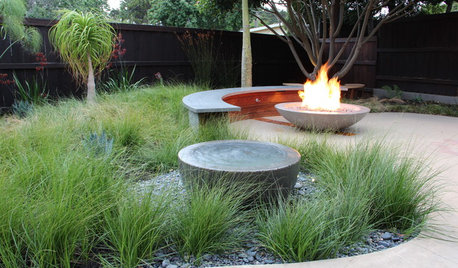
LANDSCAPE DESIGNEnergize Your Landscape With Masses of Grasses
Create year-round interest with waves of attention-getting grasses for all kinds of yards
Full Story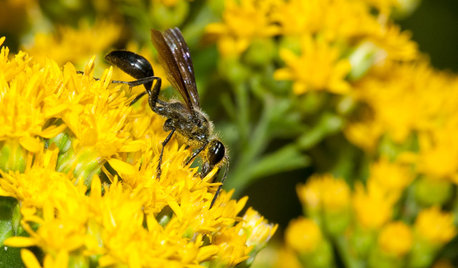
GARDENING GUIDESMeet the Grass-Carrying Wasp, a Gentle Pollinator of Summer Flowers
These fascinating insects nest in wood cavities and hollow plant stems
Full Story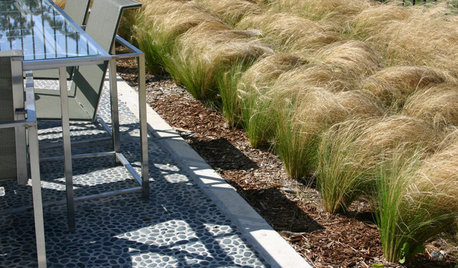
GARDENING AND LANDSCAPINGOrnamental Grasses in the Landscape
Low-maintenance grasses add beauty and motion to the garden
Full Story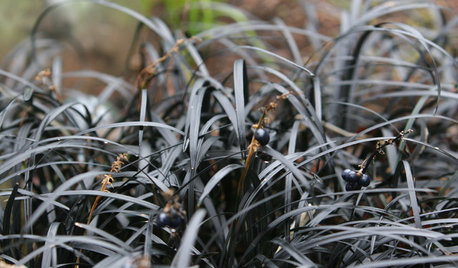
GARDENING GUIDESGreat Design Plant: Black Mondo Grass
Skip the mall and spend Black Friday planting this unusual low-maintenance grass
Full Story



ootockalockatuvik_7a
toxcrusadr
Related Discussions
Removing a Tree Stump with HIgh-Nitrogen Fertilizer?
Q
Greensboro/High Point Spring Swap! May 5th 2007
Q
When do you cut back fountain and ornamental grass for spring growth?
Q
Advice for Growing Grass with High Dog Traffic
Q